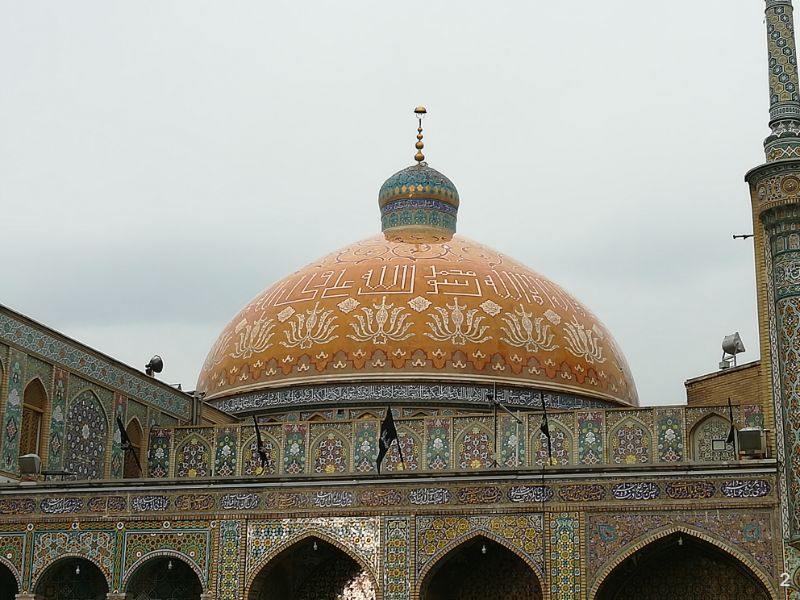Introduction:
Qom, a city nestled in the heartland of Iran, holds a special place in the nation’s history and culture. Qom, renowned as a hub of religious learning and pilgrimage, encompasses significant religious institutions within the Shia Muslim world. Its vibrant atmosphere, architectural marvels, and profound heritage offer visitors an exceptional insight into Iran’s spiritual and cultural tapestry.
Religious Significance:
Qom is often referred to as the “theological capital of Iran” because of its religious importance. It is home to the revered Shrine of Fatima Masumeh, the sister of the eighth Imam of Shia Islam, Imam Reza. The shrine draws millions of Shia pilgrims each year, seeking solace and spiritual enlightenment. The exquisite architecture of the shrine, adorned with intricate tile work, golden domes, and minarets, is a testament to the rich artistic traditions of Iran.
Religious Seminaries and Education:
Qom is also known for its religious seminaries, attracting scholars and students from across the globe. These seminaries are renowned as educational centers for Islamic studies, producing highly knowledgeable theologians, jurists, and philosophers in the Shia world. The Hawza, Qom’s theological school, offers a rigorous curriculum that covers Islamic theology, jurisprudence, philosophy, and other disciplines.
Historical Landmarks:
Beyond its religious prominence, Qom boasts a wealth of historical landmarks that offer glimpses into its past. One such site is the Qom Grand Mosque, an architectural marvel that exemplifies the fusion of traditional Persian and Islamic architectural styles. The mosque features intricately designed tile work, soaring minarets, and a grand courtyard that exudes a sense of tranquility.
Another notable landmark is the Feyzieh School, a historic seminary with a striking blue dome and intricate calligraphy adorning its walls. The school has played a crucial role in shaping Iran’s intellectual and religious heritage, serving as a center for theological debates and discussions.
Daily Life and Culture:
The city’s bustling bazaars, vibrant streets, and lively atmosphere provide a glimpse into the daily life and culture of Qom. The local markets offer a variety of goods, including handicrafts, spices, textiles, and traditional Iranian sweets. Exploring these markets allows visitors to immerse themselves in the vibrant colors, scents, and tastes of Iranian culture.
Qom’s thriving arts scene is also worth exploring, with numerous galleries showcasing contemporary and traditional Iranian art forms. Visitors can appreciate calligraphy, miniature painting, ceramics, and other artistic expressions that have shaped the cultural landscape of Iran.
Conclusion:
Qom, a city steeped in religious significance, historical landmarks, and a vibrant culture, represents the epitome of Iran’s spiritual heritage. From the awe-inspiring Shrine of Fatima Masumeh to the intellectual pursuits found within its seminaries, Qom provides an unparalleled experience that leaves a profound impact on every visitor. Whether you are in search of spiritual enlightenment, cultural immersion, or a deeper appreciation of Iran’s illustrious history, Qom is a captivating destination that engages the heart and mind.
Contact us to travel to Iran and get Iran visa
